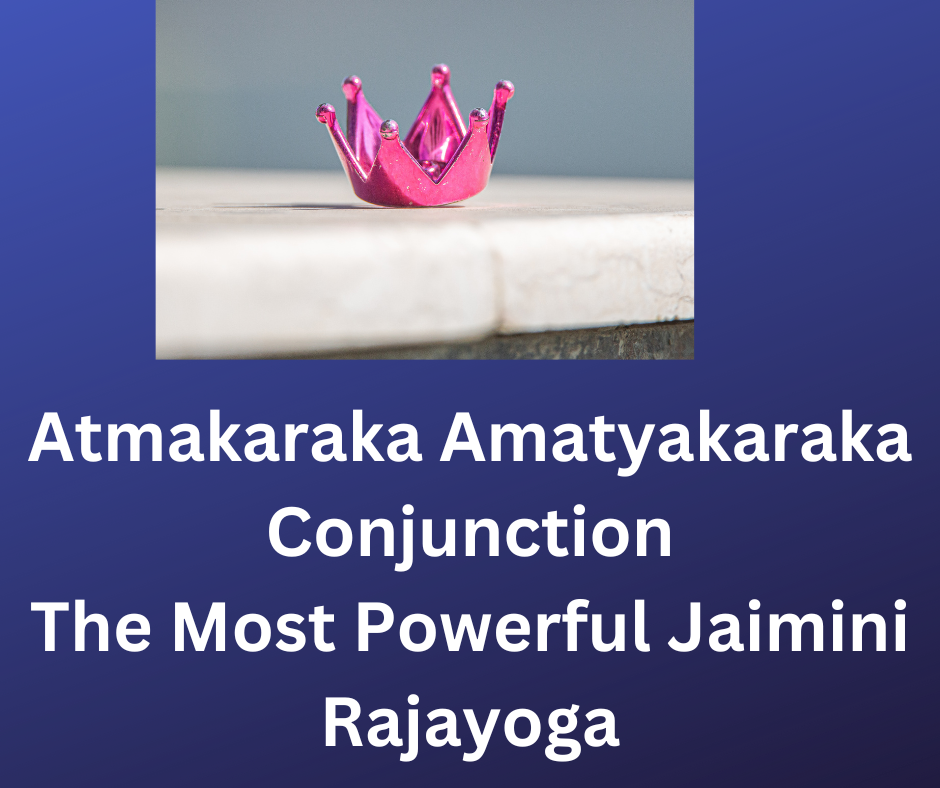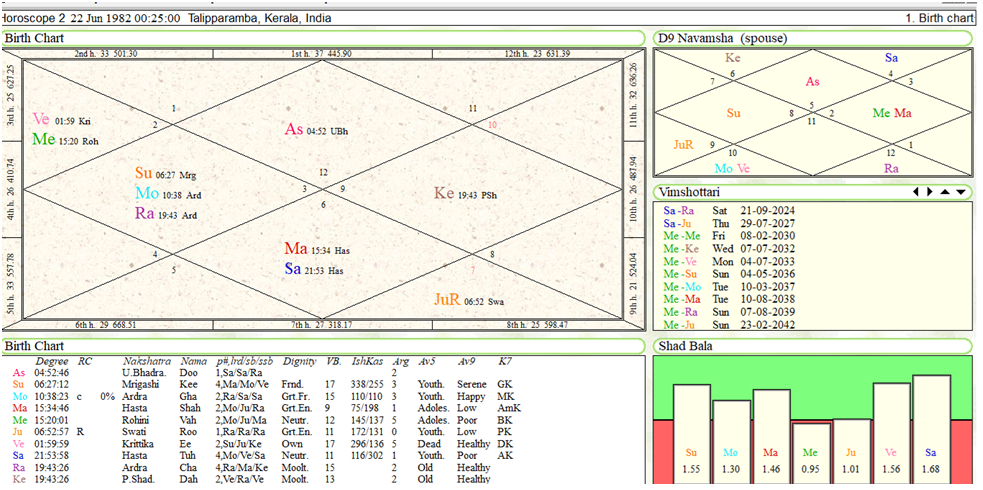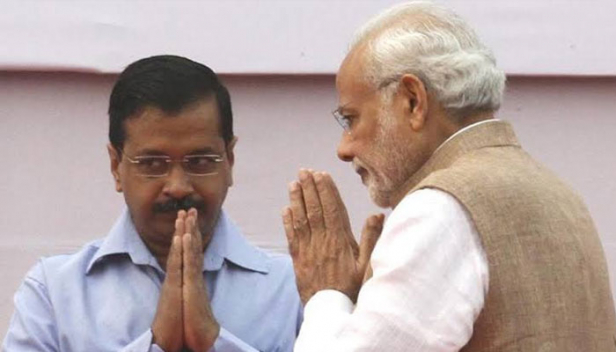Your Complete Marriage Guide in Astrology
This is one question which I got last week, and you guys, please read it carefully.
The client is asking why her marriage is late?
When coming to marriage, I am very careful, but blunt while predicting the possibilities of marriage. The first question itself is in the wrong foot, so I asked her whether she has found whether promise of marriage exist in the horoscope.
There should be a promise to get married, and to have a happy prosperous marriage, and I am asking the client that has she ever checked whether that promise exists in that horoscope.
I have no idea, why people think that they are privileged to get married, have children, and have a good marital life. There is nothing called privilege according to theology, let it be Hindu, Christian or any other religion. God has to give the blessing to get married, have children, to have a happy marital life as an ALM, it is not anyone’s right. You have to wait for that Alm, and no one can snatch that from the god. Yes, this is the reality which I faced after going into in-depth astrology. Your parents, uncles, aunts, siblings, neighbours, friends and others got married, doesn’t mean that you too are entitled for that, and this is the hardest part in astrology consultation as some people find it hard to face the truth.
However, there are horoscopes which promises happy and long-lasting marital life, but yes, there are horoscopes which doesn’t allow that.
How to understand whether this promise exist in the horoscope, where as some horoscope shows promise, and some shows divorce, and some shows zero marriage.

The Planetary Placements for showing Sure Marriage
These planetary placements vary from chart to chart, and there are no such sure shot techniques to assure a happy long-lasting marriage. Deriving that promise lies on the intuition of astrologer. Still, I will give common points here
- Unafflicted Venus as Venus is the main indicator of love and marriage despite male or female
- Unafflicted 7th house (from lagna chart)
- Unafflicted 7th lord
- Unafflicted 7th house from Upapada lagna
Among all these all conditions are equally important. Still, it varies from chart to chart.
What is affliction? That means, any of these planets are placed, aspected or conjunct with malefics like Sun, Mars, Saturn, Rahu, or Ketu. For my Malayali audiences, please come out of the stigma about Gulika and Mandi, I don’t understand why you guys hold on to them.
If you see a good promise, then you can look at timing of marriage like this
The timing is always seen through the dasa. The Mahadasa is divided into antardasa, pratyandar dasa, sookshama dasa, and pranadasa
The dasa or antardasa of 2nd, 7th and 11th house are the primary timing of marriage, and these are primary houses too
Then the dasa or antardasa of any house lords can bring marriage, if the dasa lord and antardasa lord is in 1/7 angle. Remember, Sun, Venus and Mercury will never be 1/7 angle in lagna horoscope. Yes, in divisional charts it can happen, but we are looking only at Lagna horoscope
The marriage can happen during the dasa or antardasa of planets in 2,7, and 11th house
Surprisingly any dasa lord will bring marriage, because all the houses are connected to personal life and growth
Transits are also very important
My Guruji. Shree K.N Raoji says that Saturn Jupiter double transit i.e., they both should aspect the marriage related planets, houses and dasa lords for marriage, but I humbly present my view that, the double transit can increase the possibility, but it is not mandatory.
In this article, I have not touched Navamsa, as it will be difficult for the beginners to understand the concept. Navamsa should be compared with lagna horoscope.










 If you have a yoga, but it is forming with complexities, then be ready to face so many complexities during the mahadasa and antardasa of that planet.
If you have a yoga, but it is forming with complexities, then be ready to face so many complexities during the mahadasa and antardasa of that planet. 

